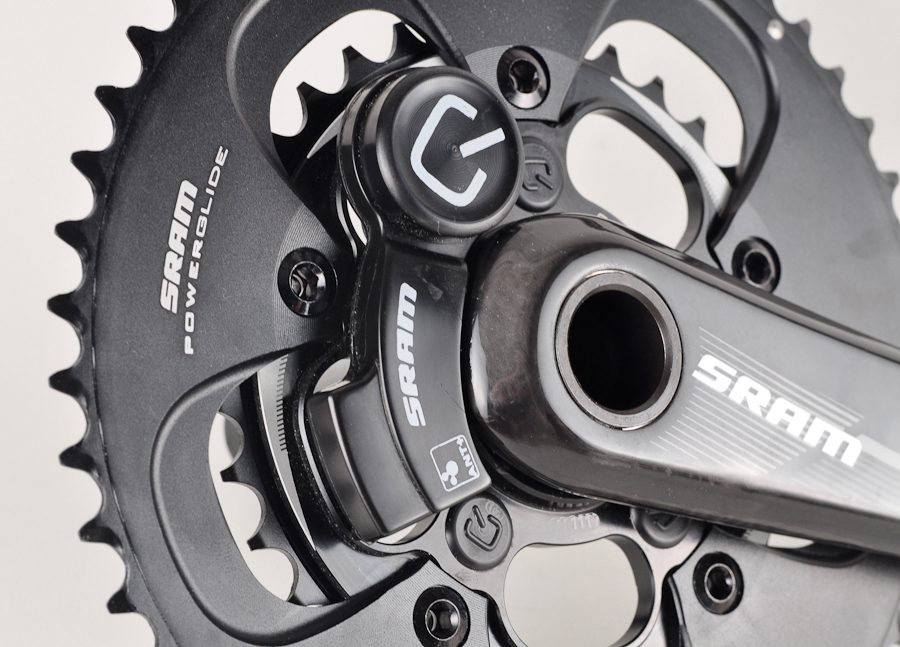Use your power meter for the perfect interval
With the right data displayed on your head unit, you’ll nail your efforts

Your power meter and its head unit can give you lots of data. All those numbers can almost feel overwhelming at times. The trick is finding the right digits for the type of workout you’re focusing on. Let’s take a workout with intervals targeting your threshold or higher, for instance 7 x 3 minutes. When doing your intervals, you want to have a target wattage in mind and be able to track you pacing across the interval itself. You want to make sure that you’re not going out super hard, and then fading throughout the whole effort.
The figures you get from your power meter that will help you to pace your intervals properly are your average power for the past 10 seconds, your average power for the lap (in this case the lap is an interval) and the normalized power for the lap. Normalized power is a concept developed by Hunter Allen and Andy Coggan that uses an algorithm to determine the physiological cost of an effort, whether it’s a smooth and constant effort or a variable one. You will find when using your power meter that the power is very up and down. Normalized power allows for a comparison of two different rides. Using normalized power you can get an understanding of the relative costs of a time trial on the one hand, in which the power would generally be fairly smooth, and a criterium on the other, in which the power is jumping up and down as you race in and out of each corner.
“You want to make sure that you’re not going out super hard, and then fading throughout the whole effort.”
Now let’s look at how to use those data points in a three-minute interval. When doing an interval, the goal is to apply a steady effort across the full three minutes. If you are targeting an appropriate average power, you can finish the effort as strongly as you started. In this case, having the proper data showing on your head unit can be very useful in real time as you do your effort.
When you accelerate at the start of your interval, you will find that your 10-second average power and your lap-average power will be much higher than your normalized power. As you continue toward your first minute, your 10-second average should be closer to your goal average for the interval. By the end of the interval, though, the 10-second average power should be running at about the same as both the lap-average power and normalized power for the lap.
If your normalized power is consistently higher than your average power, you could be starting the intervals much too hard. Or, you may be riding inconsistently, surging your power up and dropping it down instead of riding a steady interval as prescribed.
Once you start to get a handle on keeping the averages all nice and equal throughout your intervals, try to ride your intervals by feel. Only glance at the data every once in a while. Riding by feel will really help you to internalize your pacing. You’ll then be able to gauge your efforts properly and perform better on the road.

